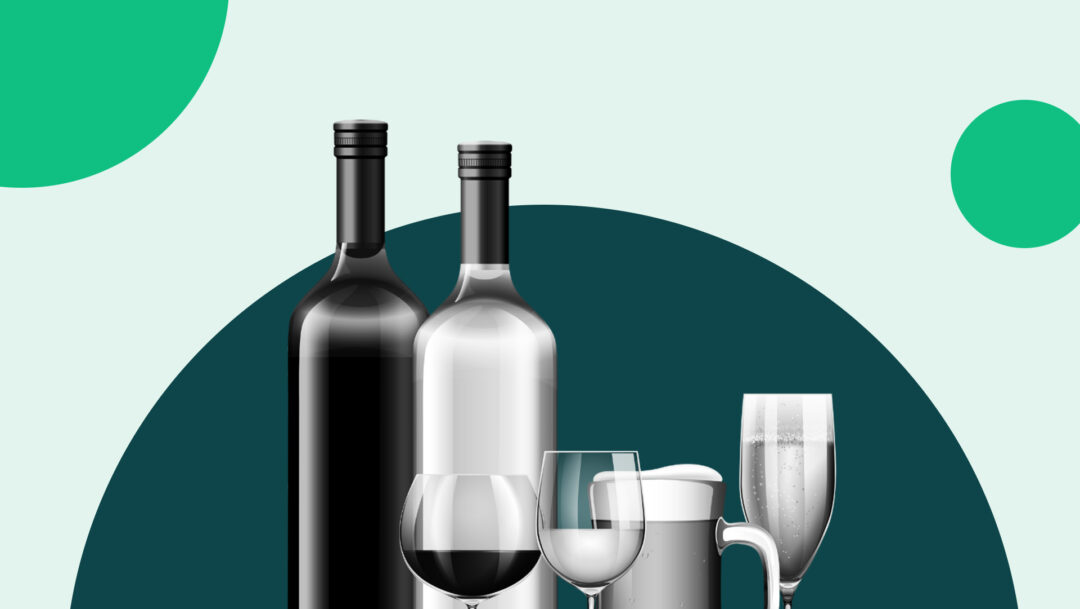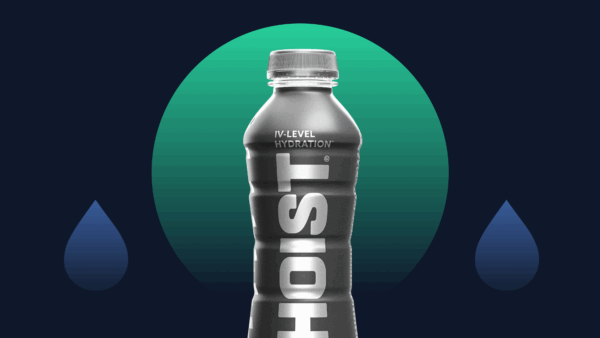Vietnam is renowned for many things, including its rich culture, breathtaking landscapes, diverse cuisine, and fairly, more recently, its wide array of alcoholic beverages.
In recent years, the alcoholic beverage industry in Vietnam has grown at an impressive rate, with local and international brands contributing to its rapid expansion. Here is an overview of the industry.
Overview of the Market
Alcohol consumption has long been a part of Vietnamese culture, and alcoholic beverages can easily be found in Vietnam. With a large and growing middle class, the demand for alcoholic drinks has increased exponentially. In 2022, the Alcoholic Drinks market generated a revenue of US$7,043.30 million. It is projected to experience a steady annual growth rate of 7.76% (CAGR 2023-2027), indicating a positive outlook for the market in the coming years.
Beer is the most popular type of alcoholic beverage in the country, and the market’s largest segment with a market volume of US$5,178.00m in 2022. It is followed by cider, perry & rice wines, spirits, and wines. Other types of commonly consumed alcoholic beverages in the country include traditional drinks like bia hoi — a light beer made of rice and water, and Rượu đế — a herbal liquor made from locally grown rice, sorghum, and maize, as well as vodka and rum imported from abroad.

The Most Popular Drinks in Vietnam
1. Beer
Beer has become a popular beverage in Vietnam, embraced for its refreshing qualities and enjoyed as a symbol of camaraderie and relaxation. With a vibrant beer culture and a range of domestic and international brands available, beer has become an integral part of social gatherings, dining experiences, and celebrations in Vietnam, offering respite from the country’s tropical climate and fostering a sense of togetherness among locals and visitors alike. Local brands such as Bia Saigon, Hanoi Beer, and Ha Noi also have a significant market share and are very popular among Vietnamese consumers. Additionally, imported beers are also becoming increasingly popular in the country as well, particularly brands from neighboring countries like Thailand, South Korea, and Japan.
2. Wine
Wine consumption has increased dramatically in recent years as a result of rising household disposable income and changing consumer tastes. Wines from France and Italy dominate imports into Vietnam but wines from Australia, New Zealand, Chile, and other countries are also being imported.
Our most recent study conducted in Vietnam in November 2022, which surveyed over 600 Vietnamese respondents, reveals that wine originating from European countries (25.82%) is the most preferred by the population. Interestingly, female respondents do not normally look at the wine’s country of origin before buying or consuming it (32.09%). Their male counterparts, on the other hand, like both local and foreign wines the same (26.92%).
Moreover, younger respondents tend not to look at the wines’ country of origin when buying them (28.62%), while older respondents are more likely to lean towards European tags (36.13%).


3. Spirits
Spirits have also become increasingly popular among young people, particularly in urban areas who have more disposable income than their rural counterparts. Brandy is especially popular among young people as it tends to be cheaper than whiskey or vodka while still maintaining a higher alcohol content than beer or wine.
The Alcohol Consumption in Vietnam
Between 1990 and 2017, the total volume of alcohol consumed in Asia increased by 70%, from 21 billion liters to 35.7 billion liters. Low and middle-income countries were the driving force behind the trend with consumption going up 34% in Southeast Asia between 2010 and 2017. Vietnam, Cambodia, and Laos saw alcohol consumption increases of 40 to almost 90 percent, which were some of the highest in Asia and the world.

When it comes to the occasions on which Vietnamese people drink wine, 64.13% indicated they consume it when hosting guests or socializing at home. It is followed by special/celebratory occasions (54.89%), and when socializing outside the home (34.51%). We notice that these activities all have social components to them.
Meanwhile, females (56.72%) and those aged 18 to 34 y.o. (57.75%) often drink wine on special occasions, while males (72.65%) and those aged above 35 y.o. (77.42%) tend to drink wine to entertain guests/socialize at home.
Although alcohol consumption has traditionally been socially accepted in Vietnam, there have been increasing efforts to reduce excessive alcohol intake due to an increase in negative health effects associated with it.


Wine Consumption Behaviors & Preferences Among Vietnamese
Our Market Research in Vietnam has also pointed out that 30.94% of Vietnamese respondents describe themselves as non-drinkers due to their personal preferences. Meanwhile, 28.15% said they drink wine on occasion, and 19.35% said they drink alcohol but never or rarely drink wine.

Wine Drinking Frequency
30.16% of respondents drink wine at least once a month. Across all filters, males (25.21%), females (38.81%), and younger respondents (38.03%) are more likely to drink wine once a month, whereas older participants (24.52%) do so a few times a week.


Influential Factors Affecting Purchasing Wine
When it comes to the factors that influence wine purchases, the majority of polled respondents say family and friends are the most influential. Furthermore, 30.71% consider the country of origin as the most impacting reason, and 27.99% regard discounts or promotions.
The order remained consistent across almost all filters, except for the 18-34 age group, which chose “tasted wine in store” as the second option (30.52%) rather than the country of origin (26.29%).


When it comes to purchasing wine in Vietnam, there are three main factors to consider: price, packaging, and bottle/label design.
Price is the most important factor to consider when buying wine in Vietnam. In the same study, 72.28% of respondents stated that price was their primary concern.
Following closely behind price is packaging, which was mentioned as a major factor by 70.65% of respondents when purchasing wine. The importance of bottle/label design was ranked third on the list, with 56.79% of people citing it when shopping for wine.


Wine Preferences
More than a third of the participants (37.99%) favor fruit & herbal wines (other than grapes), followed by red wine (21.51%), and dessert wine (15.08%).
Female survey-takers (52.27%) and those aged between 18-34 y.o. (44.83%) are much more likely to favor fruit and herbal wines (other than grapes) than their male counterparts (29.65%) and those above 35 y.o. (29.03%).


The Role of Vietnamese Government Regulations
Government regulations play an important role in shaping the alcoholic beverage industry in Vietnam. The government regulates alcohol production through taxes on production and the taxation of retail sales prices for alcoholic beverages. These taxes provide a significant source of revenue for the government budget.
Additionally, age restrictions help to ensure that only legal consumers are purchasing alcohol. This protects both public health and safety by reducing underage drinking and driving under the influence of alcohol-related incidents.
Finally, labeling requirements help consumers make informed decisions about what they are buying by providing accurate information about ingredients and alcohol content levels on all packages sold within Vietnam’s borders.
Conclusion
The alcoholic beverage industry in Vietnam is booming thanks to a large middle-class population with increasing disposable incomes combined with favorable government regulations that promote responsible drinking habits while providing a source of revenue for the country’s budget.
Beer remains the most popular type of drink, but wine and spirits have both seen strong growth over the past few years. Imported beverages are also becoming increasingly popular due to their high-quality offerings at reasonable prices compared to local products.
Any market researcher looking to gain insight into this dynamic sector of Vietnamese society should certainly consider examining its alcoholic beverage industry further!




